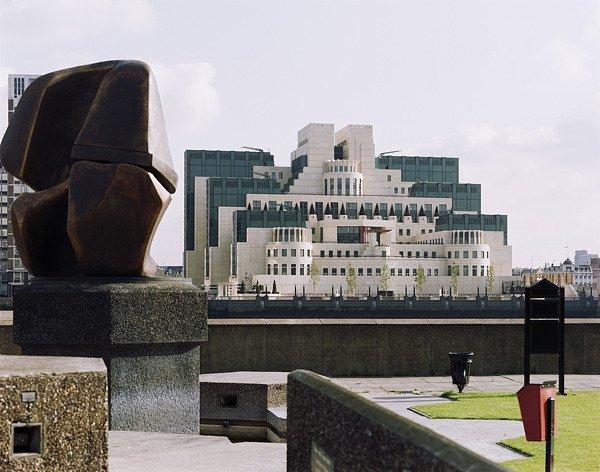
According to a report by The Guardian on June 27th, in the mid-1990s, the Central Intelligence Agency (CIA) informed the British government that an officer at one of Britain’s intelligence agencies was potentially a Russian spy. Consequently, the British Security Service (MI5) initiated a large-scale investigation. However, after nearly 20 years of pursuit, MI5 still found nothing.
Gordon Corera, former security affairs correspondent for the BBC, revealed this incident in a new book. This search for “intelligence leaks” was codenamed “Operation Wedlock,” executed by MI5 from the late 1990s until at least 2015.
The report mentioned that at the time, the CIA believed that an officer working in London for the Secret Intelligence Service (MI6) was passing confidential information to Russia. MI5 quickly identified the target and dispatched a team of up to 35 individuals to track and monitor them, attempting to uncover evidence of their service to Russia. However, Corera did not disclose the identity of the “suspect.”
A source familiar with the operation stated, “We were told that the target was a Russian spy… The US believed he was passing information to Russia, and he was the prime suspect. This was the most serious operation the MI5 had ever been involved in, surpassing any other mission, ‘Operation Wedlock’ was more important than anything else.”
The source revealed that due to the sensitivity of the investigation, those responsible for monitoring attended a church to receive briefings on the operation. Some selected participants were initially told they would participate in a “training exercise,” only learning about the specifics of the mission once they left the headquarters of MI5.
The headquarters of the British Secret Intelligence Service (MI6) is located in a building within the southern Wandsworth area of London, not far from the headquarters of MI6. The surveillance team operates under the guise of a fictional security company and conducts its activities locally. According to information obtained by the surveillance team, the target holds high-level positions within MI6 and has access to various sensitive materials.
The UK Security Service’s technical action team also penetrated the target’s residence, installing listening and video surveillance equipment. At the same time, a car was parked outside the target’s home, with a camera hidden inside a tissue box in the car. During the prolonged surveillance, the UK Security Service indeed discovered some “worrisome behaviors,” but these were unrelated to espionage activities.
The Guardian revealed that during the “Wadelock operation,” the UK Security Service had tracked the target to multiple cities in Europe and Asia, which, due to these actions exceeding the jurisdiction of the UK Security Service, carried significant risks.
During one tracking mission, the entire surveillance team went to the Middle East region, staying for over a week and hiding in CIA safe houses. The report highlighted that this mission was particularly dangerous because the UK Security Service personnel entered the country without the knowledge of the government, violating international law.
The Guardian learned that in another operation, the surveillance team needed to use fake names and passports to enter a country, at which point the UK Security Service warned the agents: “If you are detained for any reason, you will have to rely on yourself; we cannot help you.”
However, after nearly 20 years of investigation, the UK Security Service still found nothing, unable to confirm whether the target was a Russian spy or if there were “鼹鼠” within MI6.
Sources stated: “We thought we were facing another Philby again.”
The source mentioned “Philby,” referring to the renowned Soviet spy and one of the “Cambridge Five,” Harold Kim Philby, who was a steadfast communist and had worked for the British Secret Intelligence Service for many years, passing on significant intelligence to the Soviet Union.
The report states that the “suspect” targeted by the US and UK intelligence agencies had already left the British Secret Intelligence Service. However, those involved in the operation are concerned that the target, being a professional agent himself, might have already sensed his surveillance.
The British government has not yet responded to the Guardian’s report. A source indicated that the “Wedgelock operation” was actually a case where an intelligence agency of Britain was monitoring another, which is unusual and could be the longest-lasting and potentially most costly investigation action in recent years within the UK intelligence community.
The source stated, “The MI5 ultimately did not find the concrete evidence they were looking for. If this person is not a spy, then the MI6 may still need to identify the real ‘rat.'”